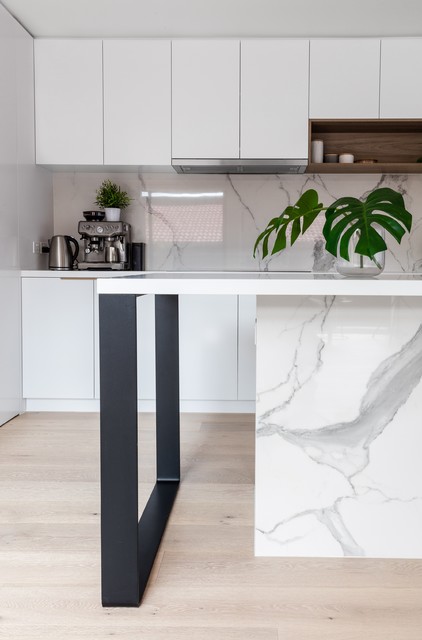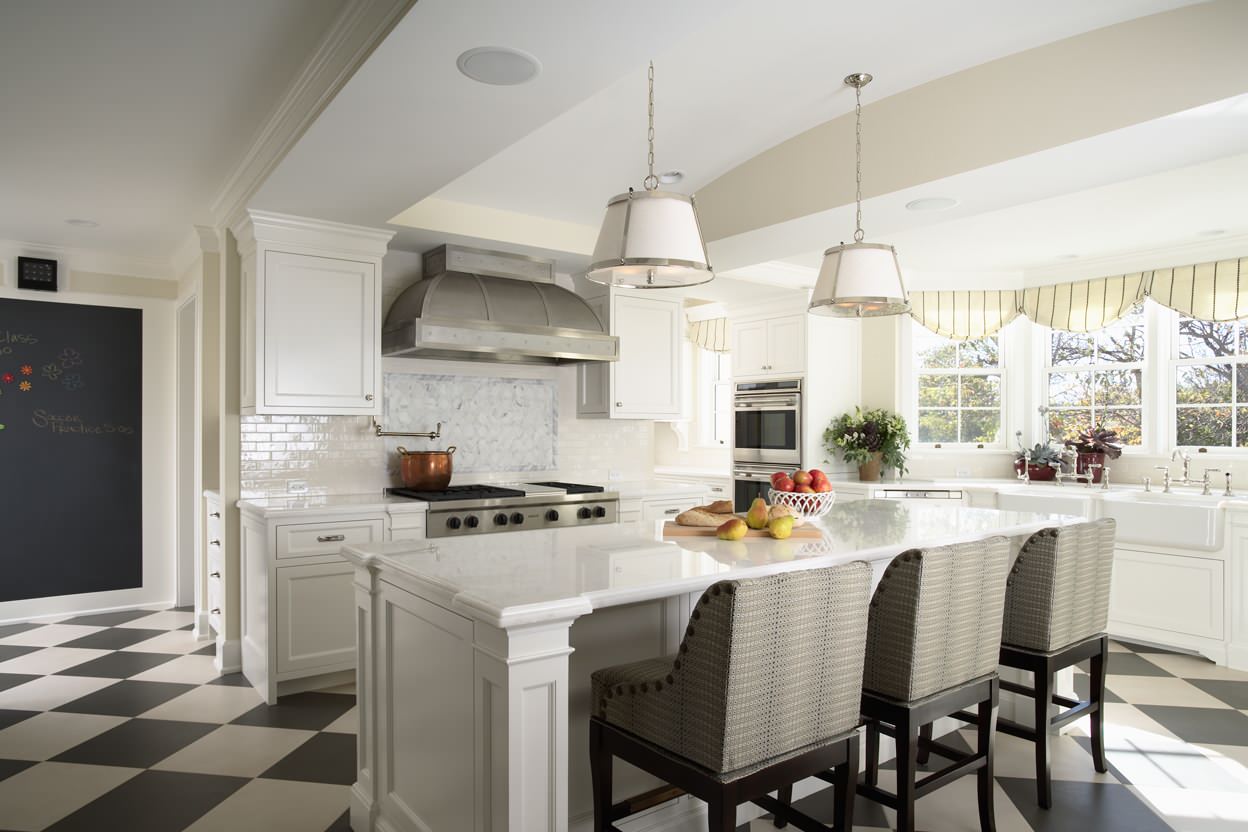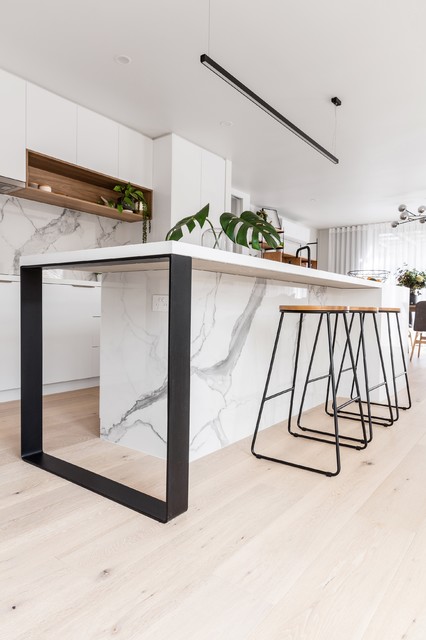How to Incorporate a Kitchen Island Leg right into Your Kitchen Remodel
How to Incorporate a Kitchen Island Leg right into Your Kitchen Remodel
Blog Article
The Relevance of a Sturdy Cooking Area Island Leg in Producing a Practical Food Preparation Location
A sturdy kitchen island leg offers as a basic element in establishing a practical cooking atmosphere, supplying necessary support for both the counter top and numerous kitchen area activities. As kitchens progress right into multifunctional locations for cooking, eating, and mingling, the choice of materials and layout considerations for island legs becomes significantly crucial.
Benefits of Sturdy Island Legs
Giving essential assistance, strong kitchen island legs play a crucial function in enhancing the performance and toughness of kitchen islands - kitchen island leg. These legs not just bear the weight of the countertop and any kind of extra things put on the island, but also add to the total stability of the framework. A well-supported kitchen island makes certain that it continues to be upright and practical, also under hefty use, which is particularly crucial in busy cooking area environments
In addition, strong island legs can improve the visual charm of the kitchen. They supply a strong framework that can enhance different design styles, from contemporary to conventional. This convenience permits property owners to customize their kitchen area islands according to individual taste while making certain that the structural honesty stays uncompromised.
In addition to their supportive function, durable cooking area island legs can likewise improve security. A secure island minimizes the risk of mishaps created by tottering or tipping, which is specifically critical in houses with kids or elderly people. Moreover, solid legs can promote a seamless circulation of activities, enabling effective meal preparation and social communications within the cooking area space. Ultimately, purchasing sturdy kitchen island legs is vital for a useful and aesthetically pleasing cooking location.
Materials for Cooking Area Island Legs
When picking materials for kitchen island legs, durability and visual charm are vital elements to consider,. One of the most typical materials include hardwood, steel, and crafted wood, each offering distinct benefits.
Wood, such as oak, maple, or cherry, is a timeless selection because of its toughness and classic elegance (kitchen island leg). It can hold up against substantial weight and is resistant to use, making it suitable for high-use kitchen area atmospheres. Furthermore, hardwood can be stained or repainted to match different cooking area designs
Steel legs, commonly crafted from stainless steel or wrought iron, give a commercial and contemporary look. They are exceptionally strong and can support substantial tons while being resistant to dampness and heat, which is useful in a cooking area. Steel legs can likewise be conveniently cleaned, improving their practicality.

Style Factors To Consider for Stability
The option of materials for kitchen island legs straight affects the style factors to consider for stability. When designing a cooking area island, it is critical to review the weight-bearing capability of the picked materials. Larger materials, such as strong timber or metal, generally give higher security, especially under the anxiety of daily usage.
Additionally, the leg style have to incorporate appropriate geometry to boost stability. A broader base increases the support location, minimizing the threat of tipping or wobbling. Factor to consider should likewise be offered to the height of the legs; disproportionate leg sizes can lead to discrepancy, endangering the overall security of the island.
Moreover, the distribution of weight throughout the island is crucial. Guaranteeing that the leg positioning aligns with the heaviest components, such as home appliances and kitchen counters, will even more improve security.
Maintenance Tips for Durability

Depending on the product of the legs-- whether timber, steel, or composite-- ideal cleaning methods ought to be utilized. Metal legs may need a light gloss to stop corrosion and keep their gloss.
In addition, tightening up screws and bolts consistently can make certain security and prevent tottering. If the kitchen island experiences heavy use, consider reinforcing the legs with additional brackets or supports to enhance toughness. Lastly, using a safety surface or sealant can secure against wetness and stains, prolonging the lifespan of the legs. By adhering to these upkeep ideas, house owners can ensure their kitchen island legs continue to be practical and robust for several years ahead.
Selecting the Right Leg Design
Routine upkeep makes sure that cooking area island legs continue to be useful and tough, yet picking the appropriate leg design is just as crucial for both aesthetics and support. The choice of leg design can dramatically affect the general style and harmony of your kitchen.

Performance is an additional critical aspect. Thicker legs or those with a tough base can sustain larger kitchen counters and tools, boosting the island's energy. Conversely, slim legs might develop a ventilated look, ideal for lighter layouts yet potentially much less encouraging.
Conclusion
In summary, the significance of tough kitchen area island legs can not be overstated in the production of a practical cooking location. These legs provide essential assistance, enhance security, and contribute to the total aesthetic of the kitchen.
A strong kitchen island leg offers as a fundamental part in establishing a useful cooking setting, offering essential support for both the countertop and different kitchen activities.Giving necessary support, strong kitchen island legs play an essential role in improving the capability and toughness of kitchen islands. Eventually, investing in strong kitchen island legs is vital for a practical and visually pleasing cooking location.
Consideration ought to additionally be given to this the height of the legs; out of proportion leg sizes can lead to imbalance, jeopardizing the total stability of the island.
Wooden legs supply heat and a classic look, while metal legs use a modern and industrial visit feeling.
Report this page